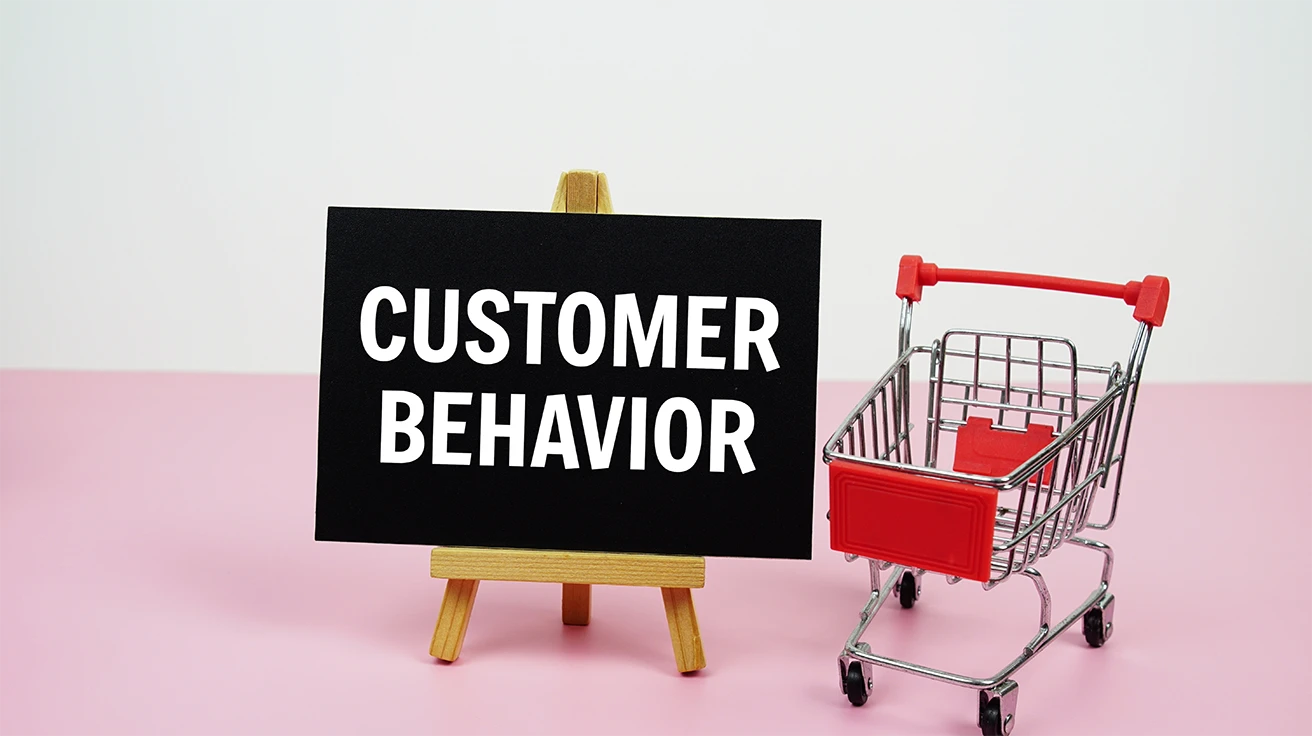
Introduction to Retail Market Research
Retail market research is the process of gathering and analyzing data about consumers, competitors, and market trends to inform business decisions. This research is crucial for retailers to understand their customers’ preferences, enhance their products or services, and improve overall business success. In an era where consumer tastes change rapidly, retail market research offers invaluable insights for staying relevant and competitive.
Why Retail Market Research is Essential :
Understanding Consumer Behavior
Retail market research helps businesses dive deep into understanding their target audience’s behavior. It reveals insights into what drives customers to make purchasing decisions and what they expect from brands. Understanding these motivations allows companies to tailor their strategies to meet specific consumer needs.
Spotting Trends Early
Through market research, businesses can identify emerging trends before they become mainstream. This early insight allows companies to be proactive, adopting trends ahead of competitors and positioning themselves as leaders in innovation.
Types of Retail Market Research:
Primary Research
Primary research involves collecting new data directly from consumers. Methods include surveys, focus groups, and interviews, allowing retailers to gather specific insights directly from their audience.
Secondary Research
Secondary research uses existing data from other sources, such as industry reports, studies, and databases. This type of research is often less costly and can provide a broad understanding of the market landscape.
Key Methods of Conducting Retail Market Research
Surveys and Questionnaires
Surveys and questionnaires are some of the most effective tools for collecting consumer insights. By asking direct questions, businesses can gauge customer satisfaction, product preferences, and brand perception.
Focus Groups
Focus groups involve gathering a small group of individuals to discuss products, services, or brand experiences. This method is particularly useful for collecting detailed feedback and exploring opinions that may not emerge in surveys.
Observational Research
Observational research entails monitoring consumer behavior in real-time. By observing shopping patterns, retailers gain insights into how products are browsed, selected, and purchased.
Advantages of Retail Market Research
Improved Customer Satisfaction
Retail market research enables businesses to create products and experiences that align with customer expectations, leading to increased satisfaction and loyalty.
Enhanced Marketing Strategies
With data-driven insights, retailers can develop targeted marketing strategies that resonate with their audience, increasing engagement and conversion rates.
Challenges in Retail Market Research
Cost and Time Constraints
Conducting extensive research can be resource-intensive, requiring both time and financial investments. For small businesses, balancing these costs with research benefits can be challenging.
Data Privacy Concerns
As retailers collect data, they must adhere to privacy regulations to protect consumer information. Compliance with these regulations is critical for maintaining customer trust.
How to Identify Your Target Audience
Knowing your target audience is the foundation of effective retail marketing. Start by segmenting your audience based on demographics, such as age, gender, location, and income level. By narrowing down who your ideal customers are, you can design products and messages that appeal specifically to them.
Analyzing Consumer Buying Patterns
Seasonal Trends
Retailers often experience fluctuations in sales based on the season or time of year. By studying these seasonal trends, businesses can optimize inventory and marketing campaigns to align with peak buying times.
Impulse Buying
Impulse buying is a common behavior, particularly in retail environments. By understanding when and why consumers make impulsive purchases, retailers can adjust store layouts and promotions to maximize sales.
Using Retail Market Research for Product Development
Retail market research guides product development by helping businesses identify what consumers want. Insights into consumer preferences allow companies to create products that address specific needs or solve common problems.
Digital Tools for Retail Market Research
Google Analytics
Google Analytics provides valuable data on consumer behavior, including how customers interact with websites. Retailers can use this information to improve their online shopping experiences.
Social Media Listening
Social media platforms are rich sources of consumer feedback. By monitoring social conversations, businesses gain insights into public sentiment, brand perception, and emerging trends.
The Role of Competitive Analysis in Retail Market Research
Analyzing competitors helps retailers identify strengths and weaknesses in their own offerings. Competitive analysis provides insights into pricing, marketing strategies, and product features, helping businesses position themselves more effectively.
Evaluating Customer Satisfaction and Feedback
Customer feedback, whether through surveys, reviews, or social media, is a powerful tool for evaluating satisfaction. Retailers should actively encourage feedback and use it to make improvements in products and customer service.
Predicting Future Trends with Retail Market Research
Predictive analytics helps retailers forecast future trends based on historical data. By staying ahead of trends, businesses can plan more effectively, ensuring they meet future consumer needs.
Best Practices for Effective Retail Market Research
To conduct effective market research, retailers should:
- Define clear research goals
- Use a mix of primary and secondary data sources
- Regularly update research findings
- Respect data privacy and follow ethical standards
Conclusion
Retail market research is a critical tool for understanding consumers, improving products, and staying competitive. By gathering and analyzing data, retailers can make informed decisions that enhance customer satisfaction and drive business success.
Post a comment Cancel reply
Related Posts
How Market Research Helps Businesses Understand Customer Behavior
Customer behavior is the most critical component of successful business strategy, which propels product…
Practical Competitive Analysis: A Step-by-Step Guide to Beating Competitors
Competitive analysis is quite possibly the best thing any firm could ever do if…
The Secret of Market Segmentation in Targeted marketing
Targeted marketing is a vital process adopted by businesses in an effort to make…
Consumer Insights: The Key to Winning Marketing Strategies
consumer insights are necessary to businesses who want to formulate effective marketing strategies. Based on…






